ZARAGOZA, ARAGÓN — Tucked away in a modest parish space on Calle de Ámsterdam, behind a quiet brick façade, is EA2URZ, the call sign of Zaragoza’s amateur radio collective. Every Wednesday evening, between 18:00 and 20:00, signals flicker to life, oscilloscopes blink, and a small community of hams reconnects with a world often taken for granted: one built on direct, independent communication.
Welcome to the Unión de Radioaficionados de Zaragoza (UREZ), a section of Spain’s national amateur radio society, where passion outpaces infrastructure and community outlasts time.
From Spectrum to Sanctuary
President Ignacio Omeñaca Gavin (EA2AIV) leads a section that, like many others in Spain, operates not only on UHF and HF frequencies, but also on principles of mutual support, technical curiosity, and service. Despite having no flashy towers or elaborate clubrooms, the group thrives on what truly matters—people and purpose.
Zaragoza’s strategic location on the Ebro River once made it a military and logistics hub. Now, it offers ideal terrain for radio propagation and emergency preparedness drills—activities where hams quietly shine when other systems fail.
A Community on the Dial
UREZ has created a rhythm to its operations: open-house sessions on Wednesdays, regular contests, field activations, and a strong digital footprint via www.urez.org. These activities serve as portals for curious minds—whether they’re retirees yearning for the nostalgia of analog signals or youth exploring a digital mode like FT8 for the first time.
With a single phone line and email address (info@urez.org), UREZ maintains an open invitation to anyone intrigued by radio waves and the global fraternity they enable.
Still Relevant in the Age of 5G?
Skeptics may ask: Why bother with ham radio in a world of smartphones and Starlink?
The answer lies not only in resilience—though amateur radio has historically provided vital communication during disasters—but also in sovereignty. Unlike commercial networks, amateur radio remains self-governed, self-powered, and fiercely independent. Its practitioners understand the spectrum not as a commodity but as a commons.
In Zaragoza, where centuries-old churches stand beside fiber optic lines, the coexistence of ancient and modern is not a contradiction—it’s a feature.
Final Thoughts
Zaragoza’s hams don’t make much noise. Their voices crackle across frequencies, not headlines. But their presence is a quiet affirmation: in a world increasingly automated and mediated, direct human communication still matters—even if it’s done at 14 MHz.
And every Wednesday, just off Calle de Ámsterdam, that truth finds its signal.
73 from EA2URZ.



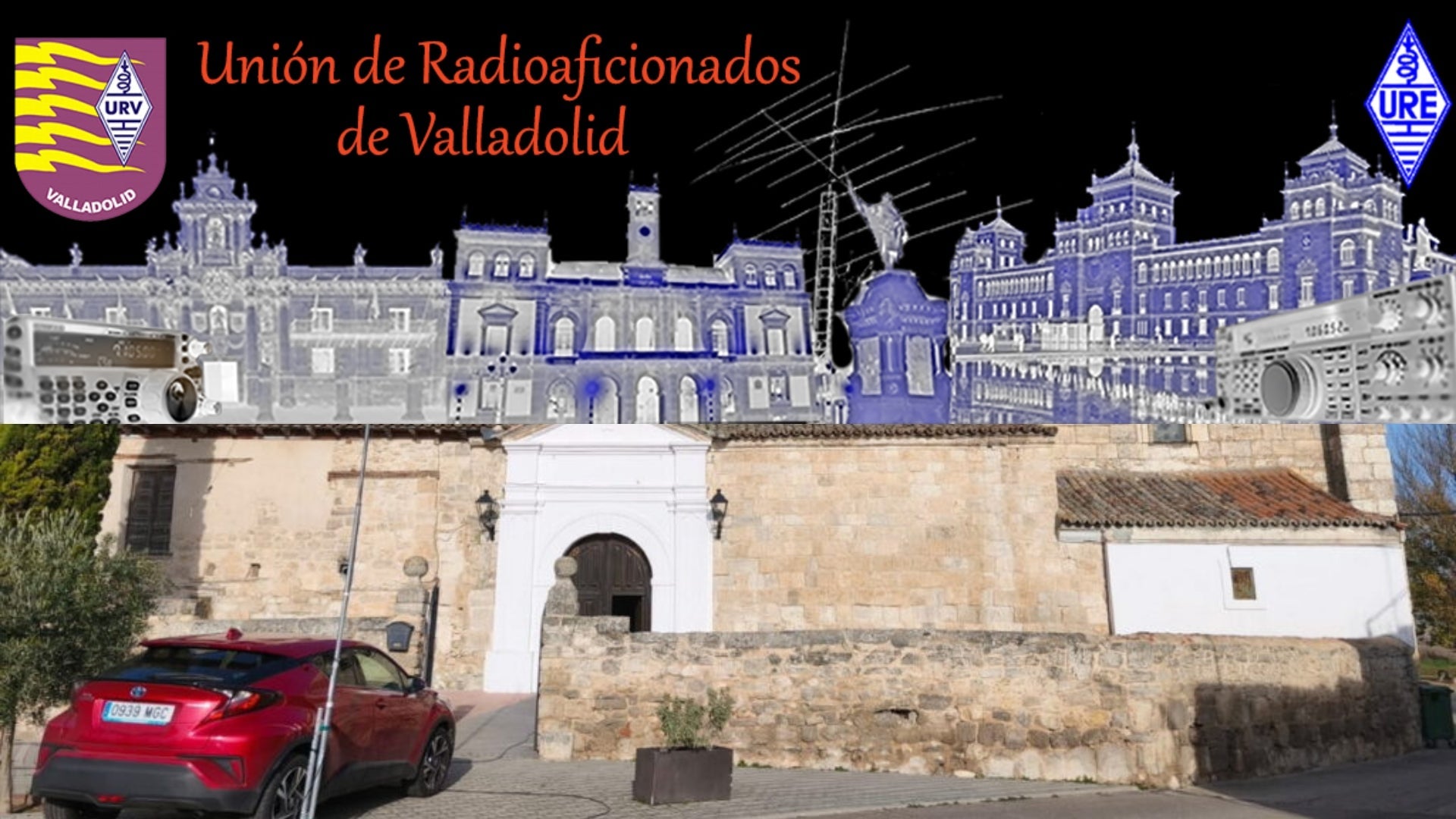
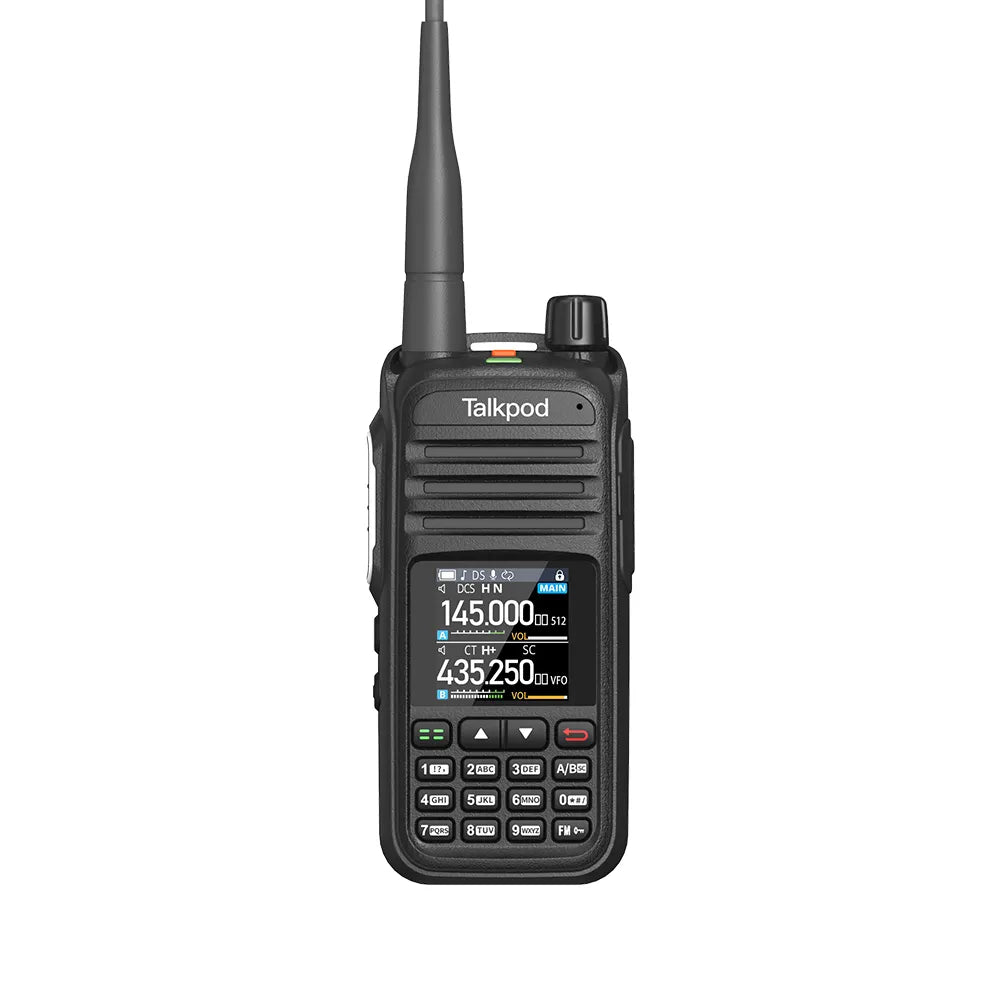
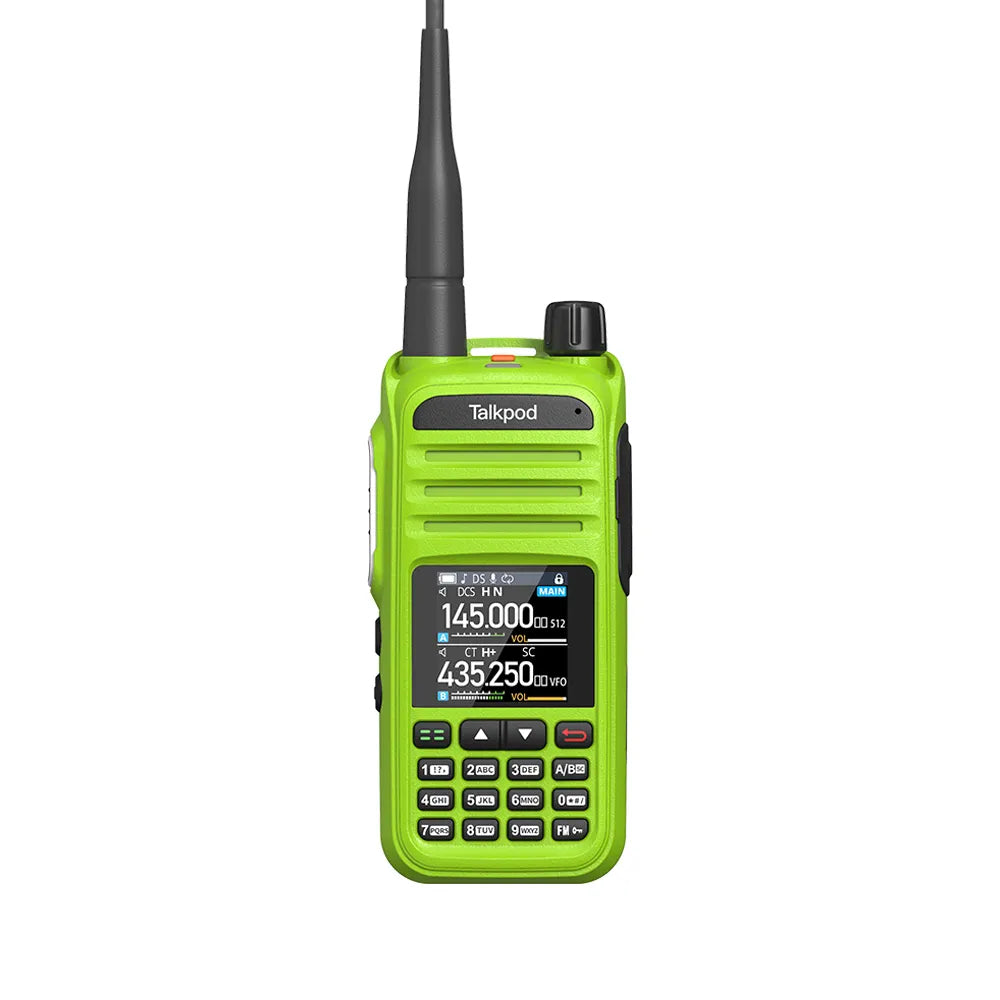


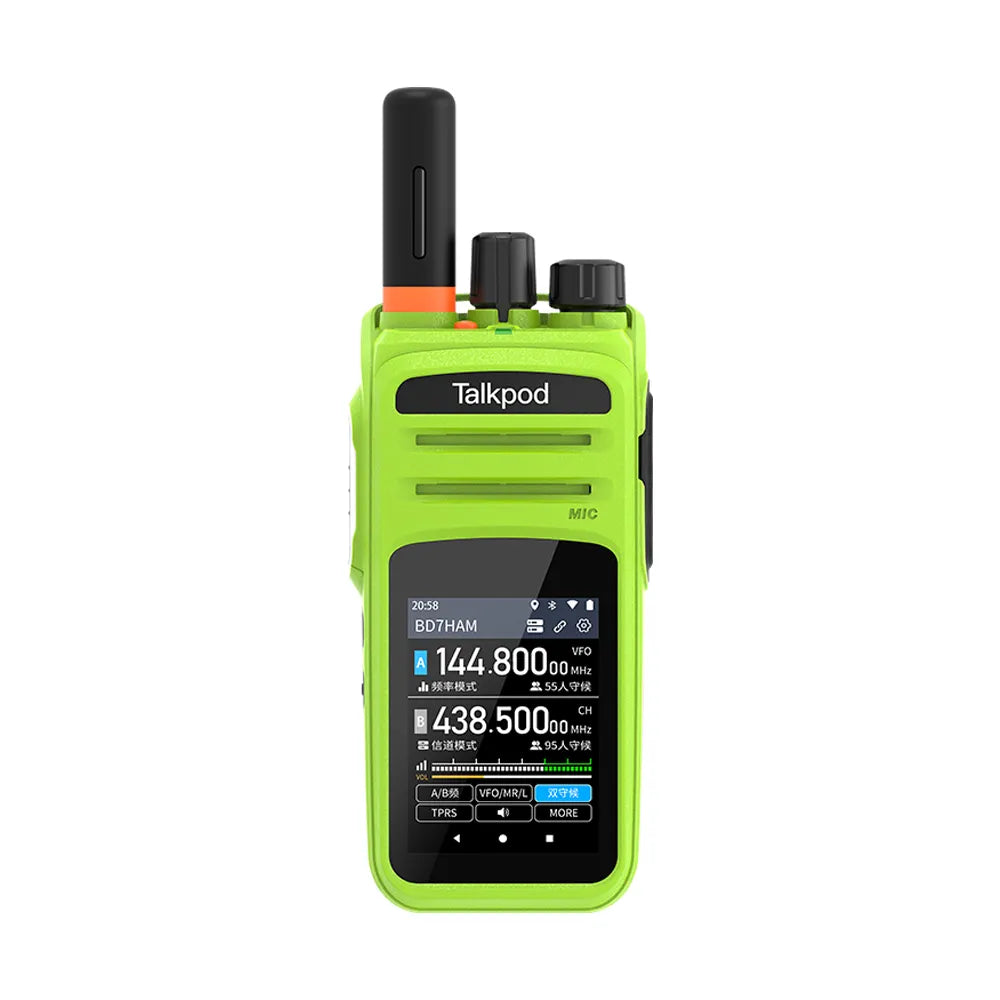
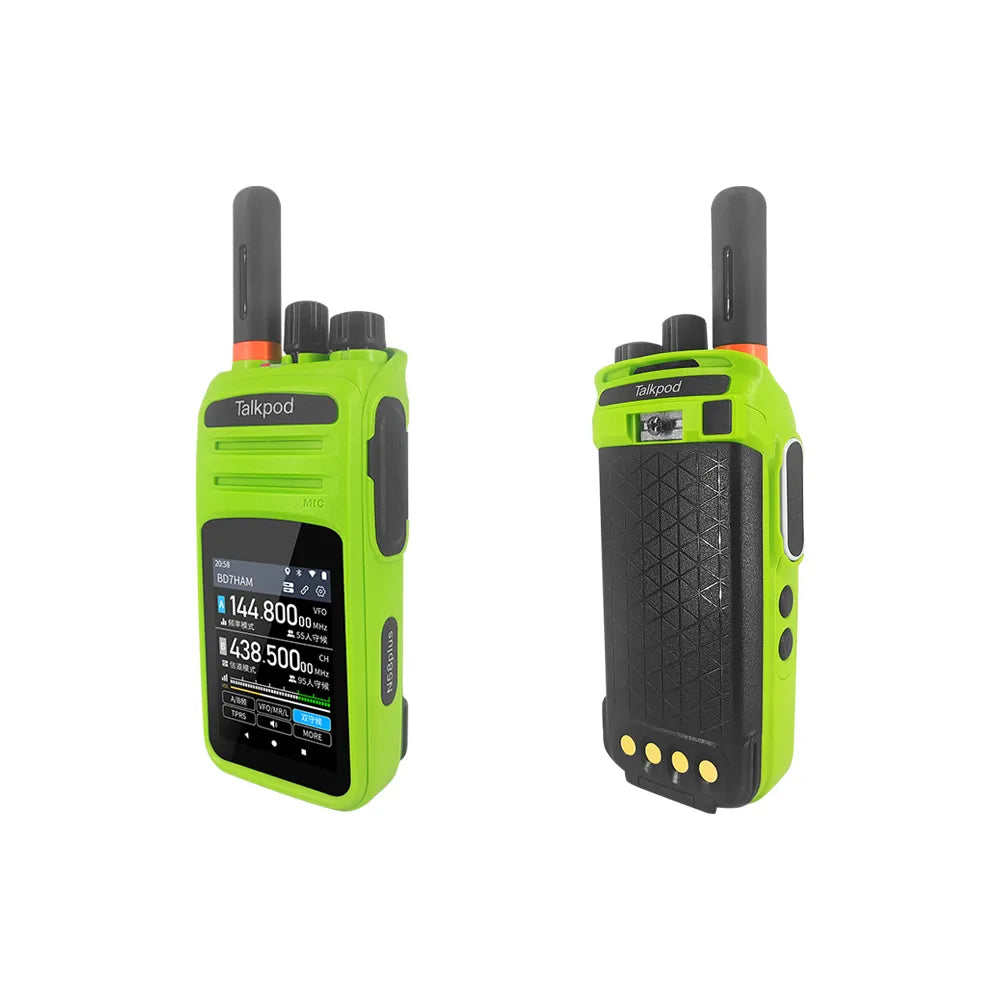
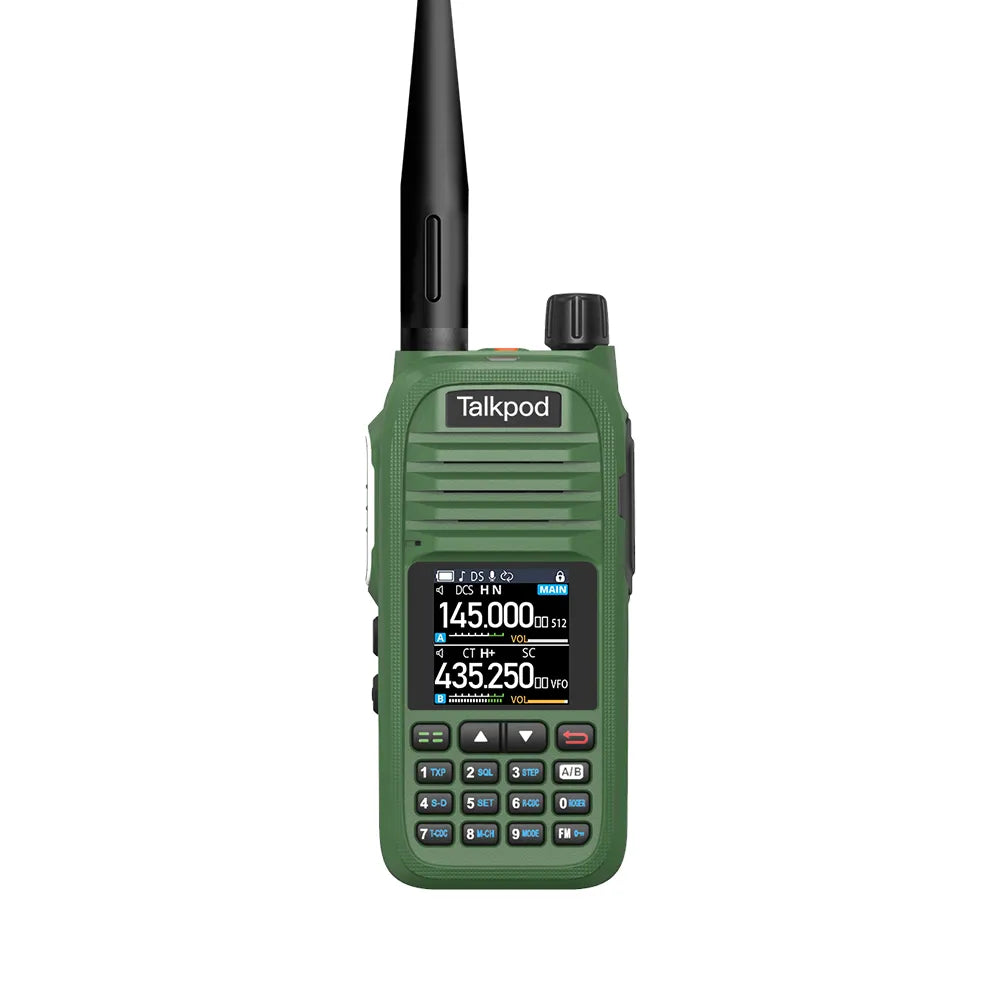
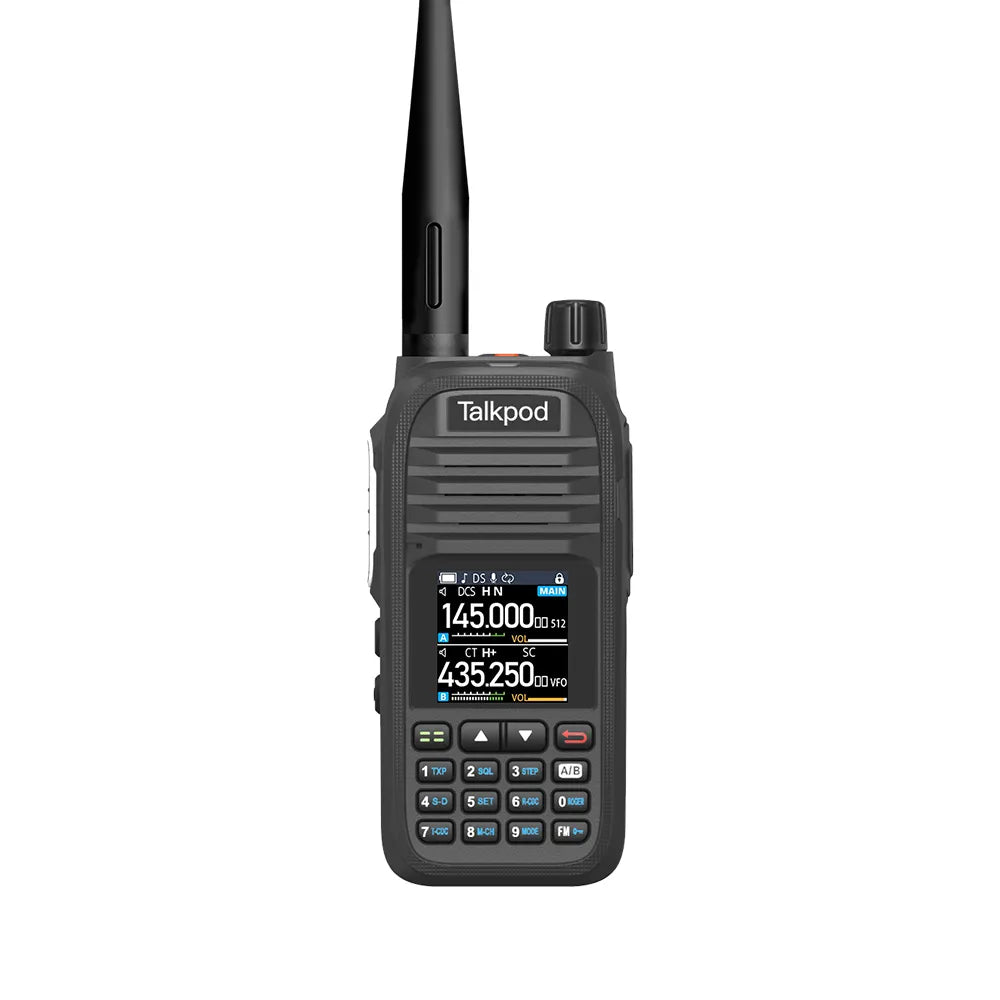
Leave a comment
All comments are moderated before being published.
This site is protected by hCaptcha and the hCaptcha Privacy Policy and Terms of Service apply.